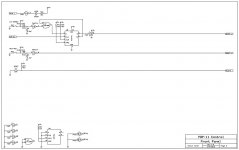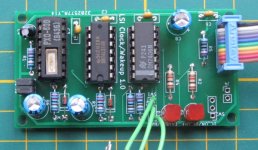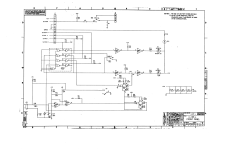jlang
Experienced Member
Title pretty much says it all. I put a new project on github
https://www.github.com/joelang/pdp-panel
it's a panel for QBUS backplane with power supply control, bus power signals,LTC clock, run/halt with indicator.
joe
https://www.github.com/joelang/pdp-panel
it's a panel for QBUS backplane with power supply control, bus power signals,LTC clock, run/halt with indicator.
joe





